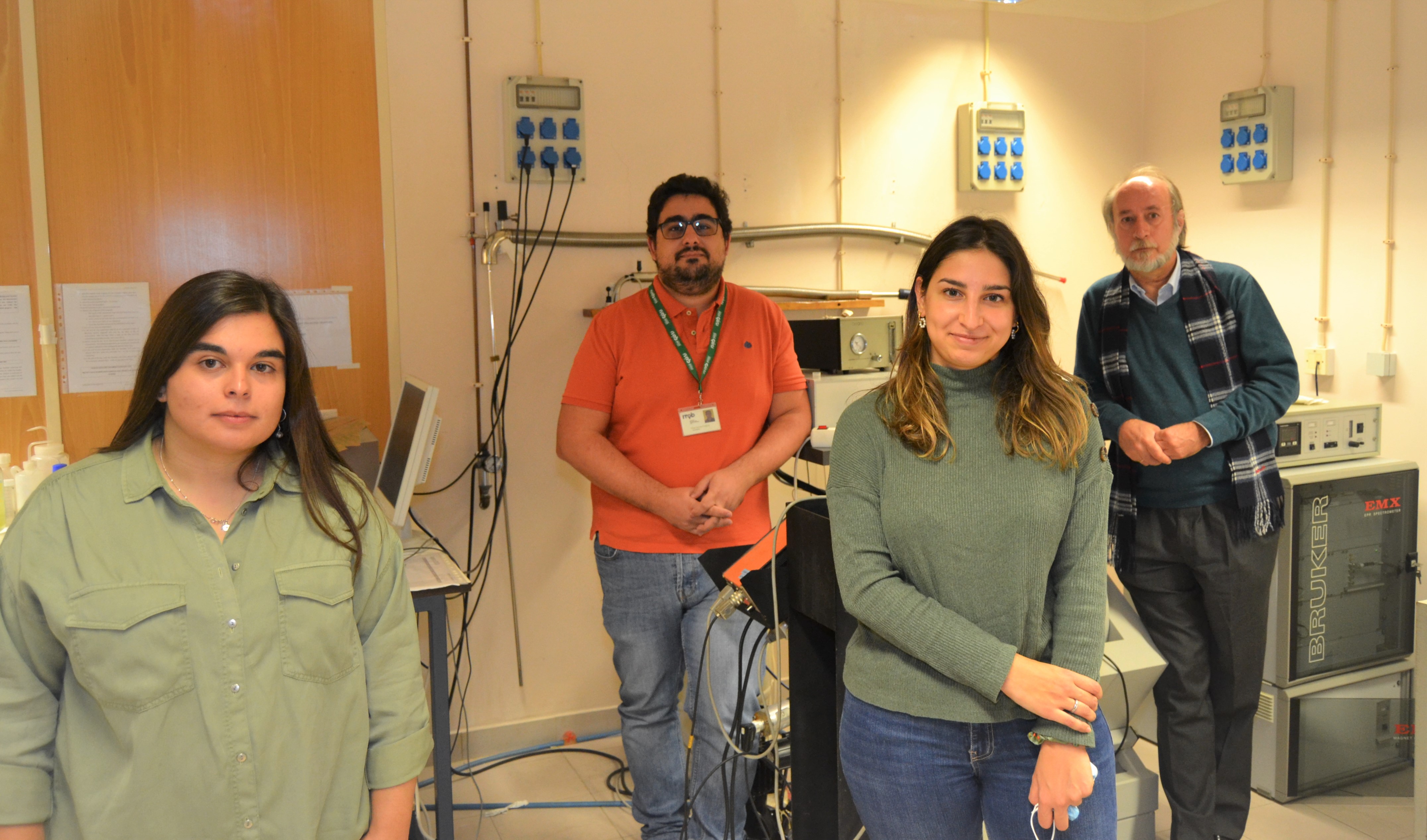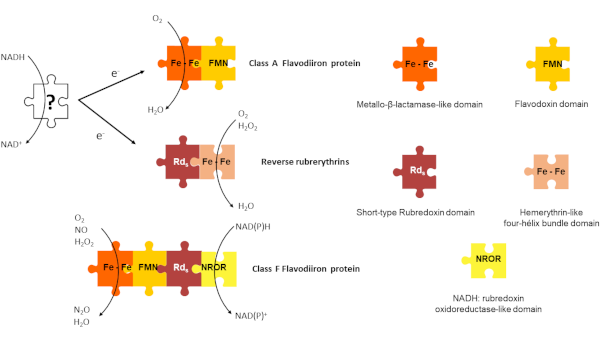In your gut: how bacteria survive low oxygen environments
Researchers from ITQB NOVA, in collaboration with the Institut Pasteur in Paris, have shed light on the mechanisms that allow Clostridioides difficile, a pathogen that can only grow in oxygen-free environments, to be able to survive low oxygen levels. C. difficile is a major cause of intestinal problems associated with the use of antibiotics, causing an estimated number of 124k cases per year in the EU, costing on average 5k€ per patient, as a direct consequence of healthcare-associated contagion. Particularly pathogenic varieties of C. difficile are an important cause of high prevalence infections in health care environments and will keep hindering the ideal use of antimicrobial therapy unless these mechanisms are understood more rapidly than these organisms evolve.
A healthy human gut is generally regarded as mainly free of oxygen but, in reality, there are varying levels of oxygen along the gastrointestinal tract, which poses a challenge to anaerobic organisms of the human microbiome, such as C. difficile. In organisms similar to this bacterium, two families of enzymes, flavodiiron proteins and rubrerythrins, have been shown to play an important role in protection against oxidative stress.
“Little was known about the actual proteins involved in the ability of C. difficile to tolerate O2, and our studies have demonstrated a key role of flavodiiron proteins and rubrerythrins proteins in providing C. difficile with the ability to grow in conditions such as those encountered in the colon”, says Miguel Teixeira, head of the Functional Biochemistry of Metalloenzymes Lab.
This finding led the ITQB NOVA team, along with the I. Martin- Verstreaet Lab at Institut Pasteur, to develop a comprehensive study on four of these types of proteins. It had been previously established that a flavodiiron protein is able to reduce both oxygen and hydrogen peroxide, and this study confirmed the same for two types of rubrerythrins proteins. In a particular mutant strain of C. difficile, inactivation of both rubrerythrins led to the bacteria not growing at an oxygen level above 0.1%, a significant difference from the bacteria’s usual resistance, of up to 0.4% O2.
By demonstrating that flavodiiron and reverse rubrerythrin proteins are essential in C. difficile’s ability to tolerate damage to its cells in the presence of oxygen, the two teams of researchers have managed a significant step towards better understanding its mechanisms of resistance. The researchers will now move on to explore other survival mechanisms of these bacteria.

Team photo with (from right to left) Miguel Teixeira, Susana F. Fernandes, Filipe Folgosa and Maria C. Martins.

Figure: "Clostridioides difficile’s tools to tolerate low oxygen tensions"
Original Paper:
American Society for Microbiology | 10.1128/mBio.01559-20
How the Anaerobic Enteropathogen Clostridioides difficile Tolerates Low O2 Tensions
Nicolas Kint, Carolina Alves Feliciano, Maria C. Martins, Claire Morvan, Susana F. Fernandes, Filipe Folgosa, Bruno Dupuy, Miguel Teixeira, Isabelle Martin-Verstraete
Data references: https://www.ecdc.europa.eu/sites/portal/files/media/en/publications/Publications/healthcare-associated-infections-antimicrobial-use-PPS.pdf







